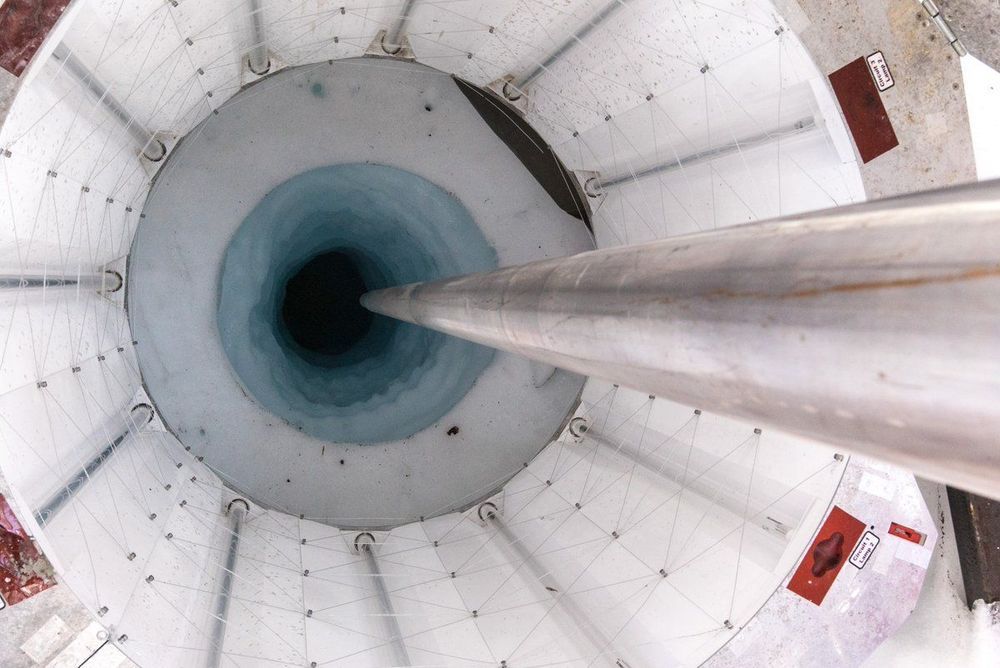Jan 28, 2019
A Magnetically Controlled Soft Microrobot Steering a Guidewire in a Three-Dimensional Phantom Vascular Network
Posted by James Christian Smith in category: robotics/AI
Magnetically actuated soft robots may improve the treatment of disseminated intravascular coagulation. Significant progress has been made in the development of soft robotic systems that steer catheters. A more challenging task, however, is the development of systems that steer sub-millimeter-diameter guidewires during intravascular treatments; a novel microrobotic approach is required for steering. In this article, we develop a novel, magnetically actuated, soft microrobotic system, increasing the steerability of a conventional guidewire.
Soft RoboticsAhead of PrintFree AccessSungwoong Jeon, Ali Kafash Hoshiar, Kangho Kim, Seungmin Lee, Eunhee Kim, Sunkey Lee, Jin-young Kim, Bradley J. Nelson, Hyo-Jeong Cha, Byung-Ju Yi, and…


















